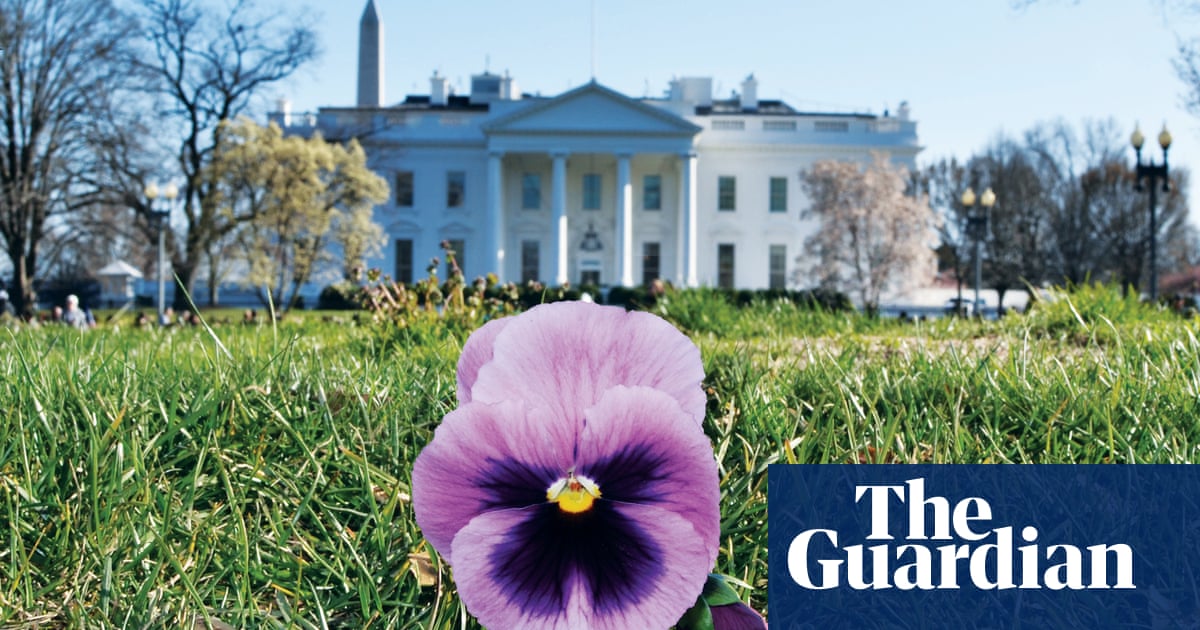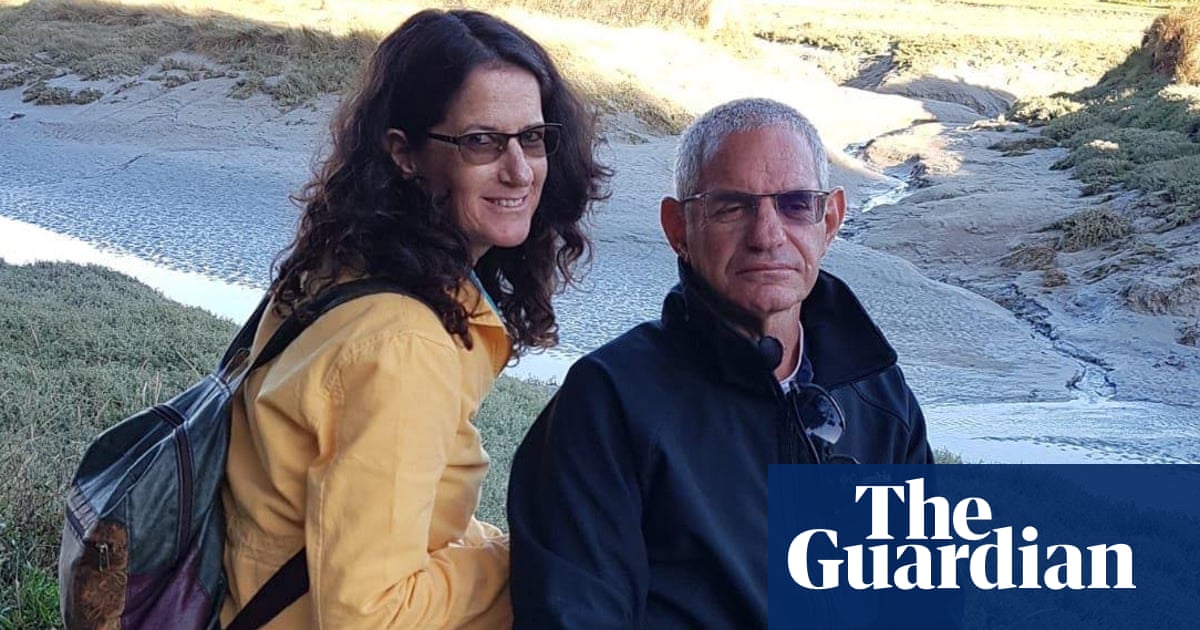
LGBTQ+ people are more visible than ever, but violence and harassment are still prevalent. For young people, this often takes the form of bullying: Stonewall reports that 64% of LGBTQ+ pupils are bullied at school due to their identity.
I count myself in that statistic. I am a trans man who formerly lived as a gay woman, and I have been bullied for both. Those experiences will likely stay with me for the rest of my life; but what can be done to protect the next generation of young LGBTQ+ people?
The Peer Action Collective (PAC) is one organisation that’s trying to make a difference when it comes to youth violence against young LGBTQ+ people, and young people more generally. A £5.2m programme, it aims to give young people the chance to make their communities safer, fairer places to live. It is funded by the Youth Endowment Fund, the #iwill Fund (a joint investment between The National Lottery Community Fund and the Department for Digital, Culture, Media and Sport) and the Co-op group.
The nationwide initiative talks to young people aged 10-20 about their thoughts and opinions on youth violence, and takes their findings to those who can help bring about change – whether that be local councils, schools, organisations or government. The support of funding partners helps PAC peer researchers like myself reach out to our communities, make events and get the public involved in the social change we hope to see.
Brian, 30, is a project coordinator at Artswork, a community initiative facilitating PAC research in the south-east. He believes that violence against young LGBTQ+ people “is very prevalent and ultimately underreported”, arguing that “the unique nature of this behaviour stems from the marginalisation and stigma that the LGBTQ community faces’’.
He believes PAC can “utilise the Co-op’s extensive network to ensure that the project is as visible as possible in the community”. And when it comes to LGBTQ+ violence, in particular, he says that PAC “captures what young people from the LGBTQ+ community think about youth violence, and how they feel violence towards the community can be reduced … to address [violence], it would be beneficial to increase awareness of the problems the LGBTQ+ community face, particularly among young people”.
To understand those key issues, I spoke to two LGBTQ+ people about how they feel these issues can be addressed …
‘I have to take extra precautions’
Zorawar, 25, is a creative from London. Like many trans and gender non-conforming people, the threat of harassment and violence has an impact on how they go about their lives: “The fear of violence used to influence the way I move around the world much more when I was younger, especially when I was a teen – but even today, I have to take extra precautions when I do anything, particularly if it involves being visible in public. I have to think about safety even more so depending on how I am presenting/dressed/made up as well, which is very frustrating. When dressed femme, I often have to think about whether I want to spend money I don’t really have on getting an Uber home for my safety, or considering whether I feel confident enough to defend myself, should I have to, on public transport.
“We should educate young people so that the next generation of LGBTQ+ people can feel safer while being their authentic selves,” Zorawar says, praising the work of “charities and organisations out there that go into schools for this purpose”.
“I’d like to think that one day, learning about queerness will be part of the curriculum in every school,” they add.
‘We have to stop putting it all on young people’s shoulders’
Kristianne, 51, also works at Artswork, as a programme manager. They agree that educating young people can combat violence against young LGBTQ+ people, but believe there is more to be done: “I think the bigger picture is that there are a lot of older people who are still feeding hatred and ignorance back down into the lives of young people. There is always more that can be done in terms of educating young people, but it shouldn’t stop there. I’ve spent the last few years educating my dad who is in his 70s now about transgender people and why pronouns matter, and he is getting it now. We need more of this and to stop putting it all on the shoulders of the young people who need to be able to grow up without fear.”
They add that many of their LGBTQ+ friends still dislike the word “queer” due to the negative connotations it had back in the 80s. “Despite an effort for it to be reclaimed, it still isn’t a safe word for everyone.” This caught me off guard because I consider myself queer; hearing that how I describe myself could seem like something negative to others in the community hurt, but it highlighted the uncertainty around safety, and how past experiences shape the way we think, talk and act around others.
After these conversations with fellow LGBTQ+ people, I’ve learned that, despite differences, we have many underlying issues in common, including the violence and aggression we have experienced or witnessed. As a peer researcher, I want to do more to help young LGBTQ+ people so they don’t have as many of these fears. I want to make sure that the data we unearth helps anti-violence organisations understand what can be done to improve safety for LGBTQ+ people.












